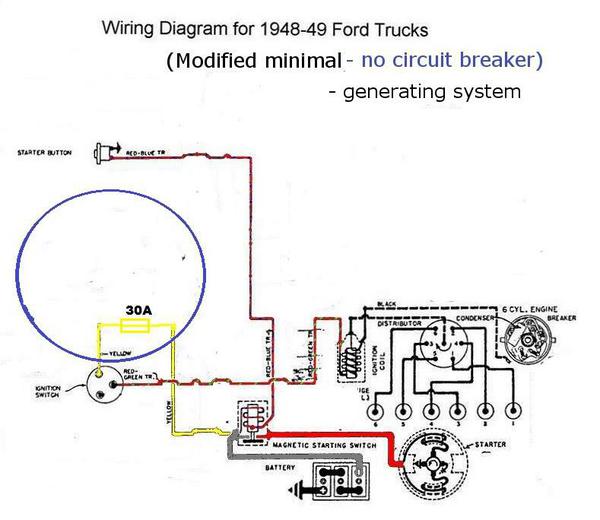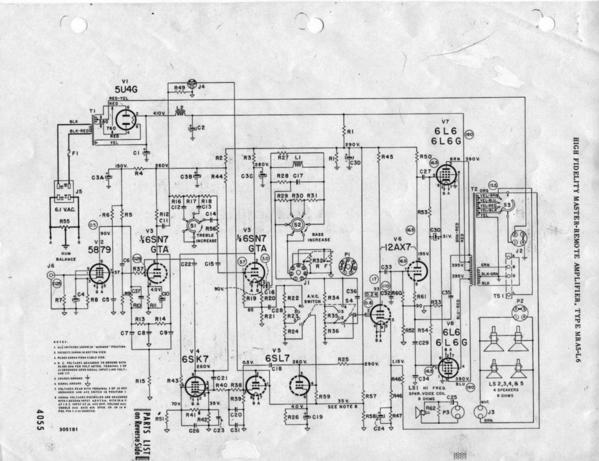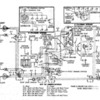Which track? Didn't Atlas have isolated rails at one time?
Why would they only include one common pigtail? Well some companies don't include any. Is that total? Was this a "kit"? or per piece?
Per piece, simply alternate rails on a few. A pair seems skimpy on any pre-packaged package deal. But I wouldn't expect it on a piece order really.
I say yes to two rail connection in general. I always connect to each rail with wires somewhere.
The outside rails aren't linked on some brands, or in certain pieces of track.
This is left for the builder to do as many more wiring methods can use an isolation of the outside rails.
Most jump connections like that have steel to steel plate, tabs, & rivets and the like, to carry the connection between rails.
The movements of tubular kept them fresh. With metal so thin now and less movement, not the most reliable really. Connection numbers usually pull it off.
Especially when built with todays minimalist production methods with little built in as far as overkill, Id run extra wire. On permanent layouts, drops every other piece to a bus isn't unheard of .
.
I'm not a fan of most "rail joiners" alone. Soldering a wire strand across the joint is what it took in other scales for solid rail to work best in a few brands.
Id be doing tests for resistance, and voltage drops. Soldering small 3/8-1/2" wire jumpers at each rail joint gap is best outside of doing more pigtail drops.












